Search Images
Browse Content (p. 1160)

Image
Nabatean Army in Battle
An artist's impression of the Nabatean army in battle, here recognised by their shields. The Nabatean kingdom was an Arab kingdom that arose in the 4th century BCE until its annexation by Rome in 106 CE. (From the PC game Total War: Rome...
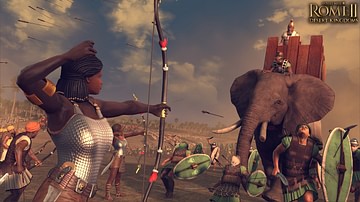
Image
Kushite Archers
An artist's impression of the Kushite army - to which the archers in the foreground belong - in battle. The kingdom of Kush, situated in northern Africa, flourished between c. 1069 BCE and 350 CE. (From the PC game Total War: Rome II - Desert...
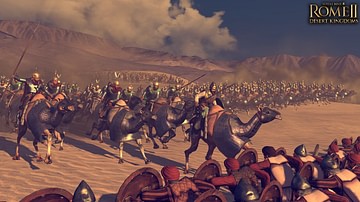
Image
Sabean Army in Battle
An artist's impression of the Sabean army in battle. The kingdom of Saba was located in southern Arabia and flourished between the 8th century BCE and 275 CE. (From the PC game Total War: Rome II - Desert Kingdoms by the Creative Assembly)

Image
Masaesyli in Battle
An artist's impression of the Masaesyli tribe in battle. The Masaesyli were the original inhabitants of the western part of the North African Berber kingdom of Numidia (202-40 BCE). (From the PC game Total War: Rome II - Desert Kingdoms by...
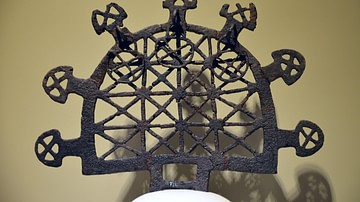
Image
Hattian Ceremonial Standard
Sun disk made of bronze used as a ceremonial standard, from the pre-Hittite period (Hatti). These objects were used in religious ceremonies and were found in the royal tombs of Hattian times unearthed in Alacahöyük, 2500-2250 BCE. Hatti kings...
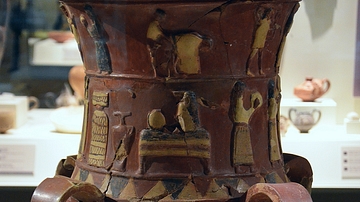
Image
Early Hittite Vase
The İnandık vase, a Hittite four-handled large terracota vase with scenes in relief showing the stages of a sacred wedding ceremony in Hittite social life with musicians and dancers. The vase dates from the Old Hittite Kingdom about 1600...
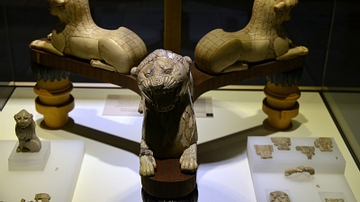
Image
Urartian Tripod with Ivory Lions
Reconstruction of an Urartian tripod stand used for burning incense and for illumination. It is decorated with lions made of ivory, 8th century BCE. From Altintepe, an Urartian fortress and temple site located in eastern Anatolia overlooking...
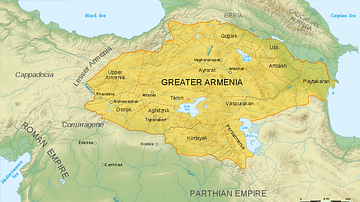
Image
Arsacid Armenia
Kingdom of Armenia under the Arsacid dynasty, c. 150 BCE
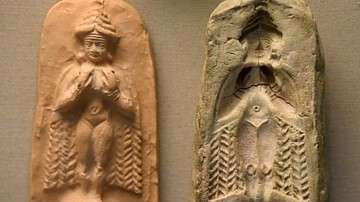
Image
Ishtar Clay Mould
This is a fired clay mould for the goddess Ishtar. The goddess is depicted nude. She holds her breasts with her hands and wears a horned crown. She has a pair of wings (or a cloak) and her feet are talon-like. On the left is the modern impression...
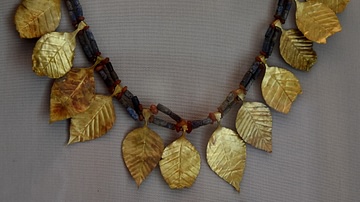
Image
Headdress of One of Queen Puabi's Attendants
This woman's headdress is composed of a double row of carnelian and lapis lazuli beads. Thirteen gold leaf-shaped pendants are attached to the beads. The leaves appear to be polar leaves or leaves of the sissoo, or Indian rosewood tree. This...